Vintage Style of Ceramics in Yingge, Taiwan | The Li Jin Kiln
- Chi Hsu

- 2022年3月21日
- 讀畢需時 4 分鐘
已更新:2025年4月19日
吉客鏈:陶瓷文明 X 台灣陶瓷鎮 - 鶯歌 X
翻轉古早味 - 立晶窯 X 生活陶瓷品
Ceramic art has a long history in most developed countries. Ceramic artifacts are often the best evidences of ancient or vanished cultures. I enjoy reading the historical books and exploring the heritage sites. So it is delightful to learn more how to create a piece of ceramic art.
My Ceramics experience in 2011 and 2022
I've had two times of ceramic experiences in Tainan (2011) and Yingge【Note1】(now - March, 2022) respectively. 11 years ago I made a 'pinch pot' with clay at a local studio. Now, I am learning how to paint the under-glaze decoration from Ministry of Culture awarded - a Taiwan Crafts Workshop. After a decade, Combining these two experiences I finally understand better ceramic production, and behind it the art. 【Note2】
(Photo Credit | Chi Hsu, 2011 & 2022)
Yingge - The Ceramic Township
Yingge is characterized by the ceramic manufacturing (see the image below) and art studios. Most recently it has been through ceramic sectors such as daily tableware, bathroom fixtures, architectural bricks, industrial components, display houseware and ceramic art pieces.

(Photo Credit | Su's Studio)
Located in the outer area of greater Taipei, the ceramics area has been gradually regenerated since the ceramics museum opened in 2000.

(Map source | Google)
Yingge's featured areas are mostly related to ceramics, including the museum, the old streets, the art village, and the Taiwan Crafts workshops.
(Photo Credit | Chi Hsu)
The ceramic museum is the core attraction which draws many young family visitors and domestic/international ceramic lovers to Yingge. It has becoome well-known pottery township in Taiwan after 2 centuries of transformation.
I learned some stories in my previous visits to the permanent exhibitions of the ceramics museum and the ceramic park. I appreciate how did Yingge initiate the ceramic industry because of the abundant clay resource and coal mines in the surrounding area. The Dahan River runs alongside Yingge to ship the ceramic goods for domestic/overseas sale. Now, it becomes the re-born place of domestic/international ceramic artists.
(Photo Credit | Chi Hsu)
Su Cheng Li's Workshop
The master potter and my ceramic teacher - Mr. Su Cheng-Li (蘇正立)is the 4th generation of the potter family. They have lived in Yingge for over a century and were pottery artisans for all this time, too. He said when he was born and opened his eyes - the first item he saw was the ceramic bowl!
When I entered his workshop and the first objects were indeed the vintage style bowls. Su inherited his parents' crafts technique - the light-creamed bisque with a blue rim glaze represented from a simpler age in Taiwan. He's keen to recall the vintage style bowl into the common general dining tableware after he discovered the popularity of old school pattern and culture from his field trip in Japan.
It reminded me that many artists like to be down to earth. Alphonse Mucha said once:
I prefer to be someone who makes pictures for people, rather than who creates art for art’s sake.

(Photo Credit | Su's Studio)
Su's studio was named Li Jin Kiln by his father (see the image below) as to wish him being a spectacular master potter. He has awarded by the Ministry of Culture the status of Taiwan's Crafts Workshop.

(Photo Credit | Su's Studio, The father of Su Cheng Li, photo taken in front of his family kiln)
While he devotes himself to old Taiwanese style bowls, he also creates the ceramic artpieces and some of those were collected by well-known museums in China, Japan, Korea and, of course, Taiwan.
(Taken at Su's Studio)
In Tune with Lively Ceramics
In March, Teacher Su opened the ceramic course of 25 hours. He welcomed us with the tea ceremony's setting so everyone could be humble and calm prior to feel the ceramic soul and spirit.
(Photo Credit | Su's Studio)
The program covers:
The profile of the ceramics industry in Yingge;
Su's field trips to ancient kilns in China;
How to appreciate the artworks of ceramics;
An introduction of Su's masterpieces;
How to blend the glaze;
How to paint the colored-glaze decoration onto the bisque of tableware;
Setting up and unpacking a kiln.
(Photo Credit | Su's Studio)
The class proceeded cheerfully and the classmates come from the specialties of photographer, baker/chef, potter, marketer, local store and myself as potential tour guide (current job is a data analyst). We complimented each other well.
During the lectures, I learned and wrote some notes:
(Photo Credit | Chi Hsu)
Sense and Sensibility
I fully agreed with teacher Su's comment - being a ceramic potter requires the scientific sense and the aesthetic sensibilities.
Although his art achievement is beyond his father, he said his talent is only one tenth of his father whom was a legend of Yingge ceramic industry. An pottery artisan of great sense and sensibility.
We, eight fellows as the beginners of making the vintage bowls, created a set of daily tableware - a bit sense of sensibility with the Li Jin Kiln's assistance.

(Photo Credit | David Ma)
Shu Fan, who is the young pottery artist from the class, creates her bowls as the most typical style of Li Jin Kiln - Taiwanese fruits. She is excited to show her vintage tableware with fruits setting for her granny whom love those very much, and so do we - the pure sensibility from the granny's simpler time!
(Photo Credit | She Fan)
【Note1】(Source Wiki)According to the locals, the history of ceramics in Yingge began 200 years ago when Wu An (吳鞍) immigrated from Guangzhou to Yingge to become the first potter in the area. Later, Chen Kun (陳昆), a brick maker, moved to the area and the two strived to make Yingge into the centre of Taiwan's ceramics industry.
【Note2】My personal set of vintage bowls -
(Photo Credit | Chi Hsu)

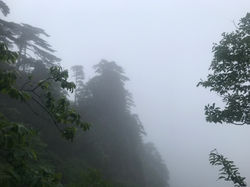








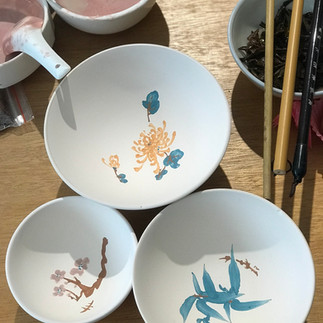

















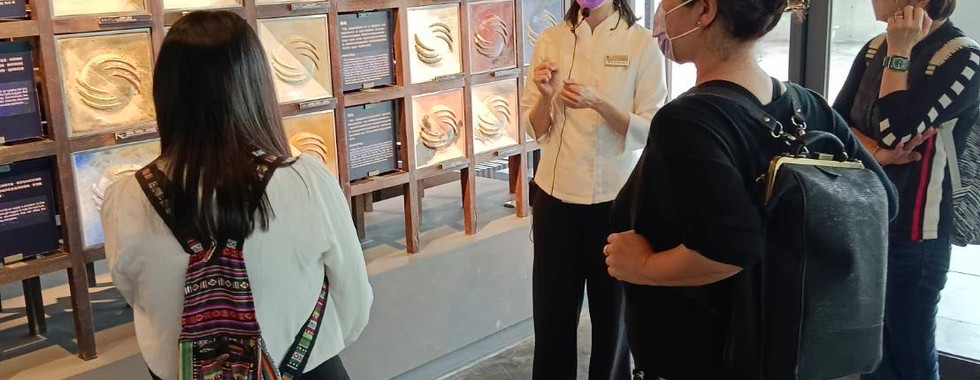





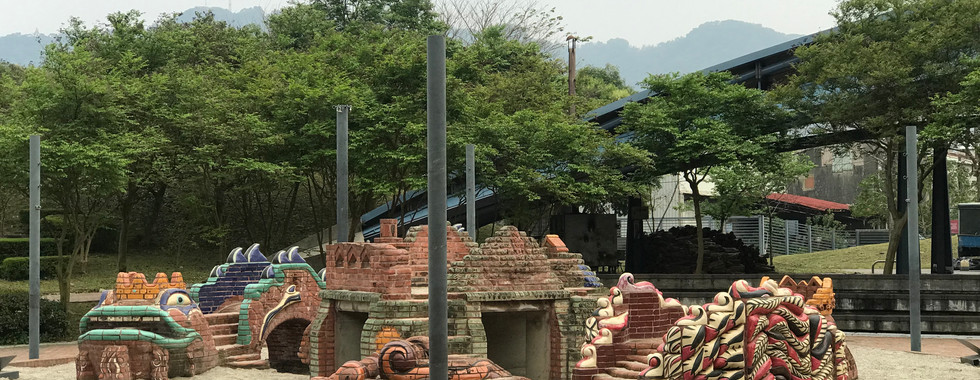

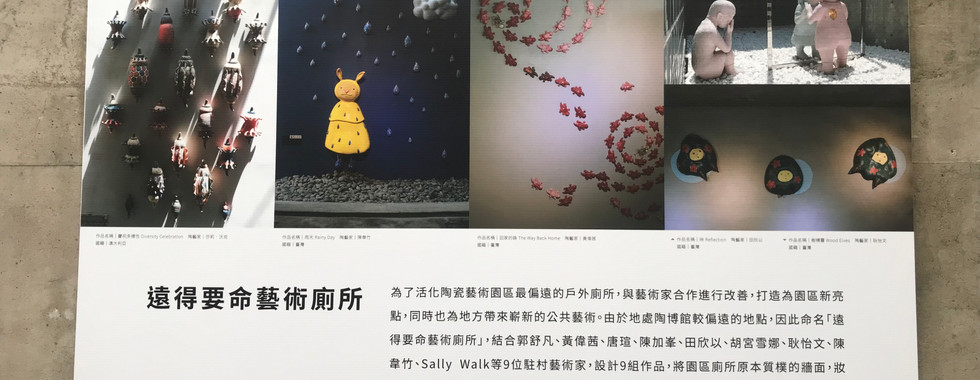



















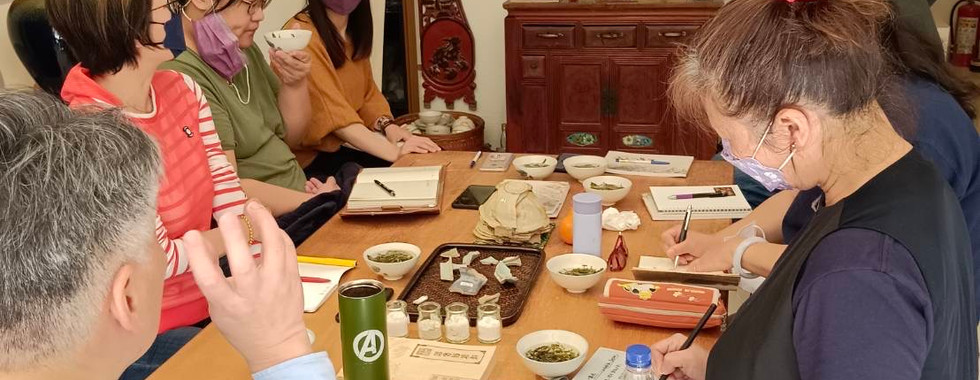















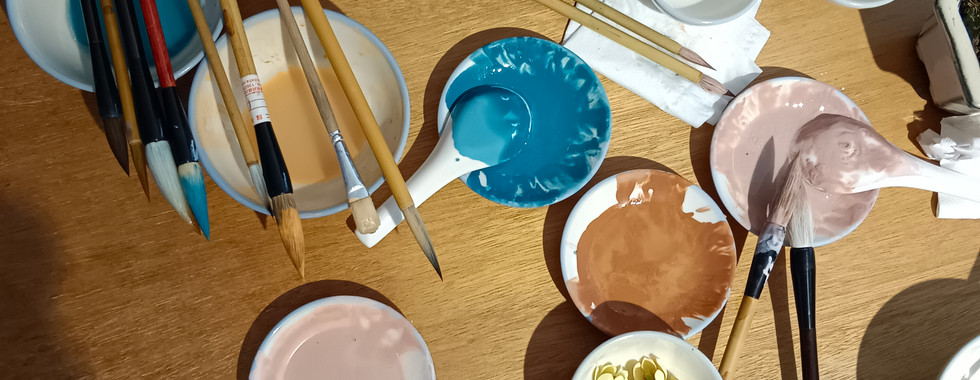











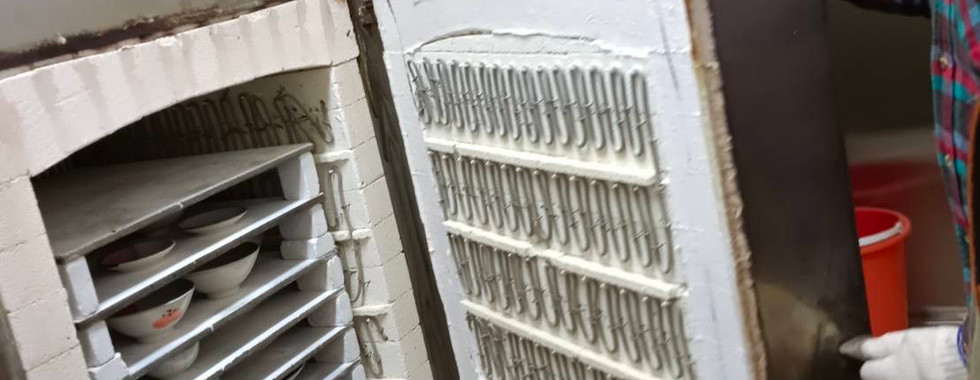




















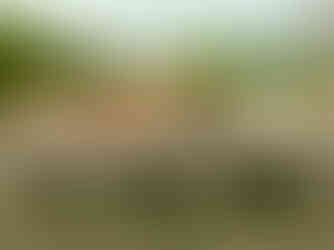






留言